- News
- Reviews
- Bikes
- Components
- Bar tape & grips
- Bottom brackets
- Brake & gear cables
- Brake & STI levers
- Brake pads & spares
- Brakes
- Cassettes & freewheels
- Chains
- Chainsets & chainrings
- Derailleurs - front
- Derailleurs - rear
- Forks
- Gear levers & shifters
- Groupsets
- Handlebars & extensions
- Headsets
- Hubs
- Inner tubes
- Pedals
- Quick releases & skewers
- Saddles
- Seatposts
- Stems
- Wheels
- Tyres
- Tubeless valves
- Accessories
- Accessories - misc
- Computer mounts
- Bags
- Bar ends
- Bike bags & cases
- Bottle cages
- Bottles
- Cameras
- Car racks
- Child seats
- Computers
- Glasses
- GPS units
- Helmets
- Lights - front
- Lights - rear
- Lights - sets
- Locks
- Mirrors
- Mudguards
- Racks
- Pumps & CO2 inflators
- Puncture kits
- Reflectives
- Smart watches
- Stands and racks
- Trailers
- Clothing
- Health, fitness and nutrition
- Tools and workshop
- Miscellaneous
- Buyers Guides
- Features
- Forum
- Recommends
- Podcast
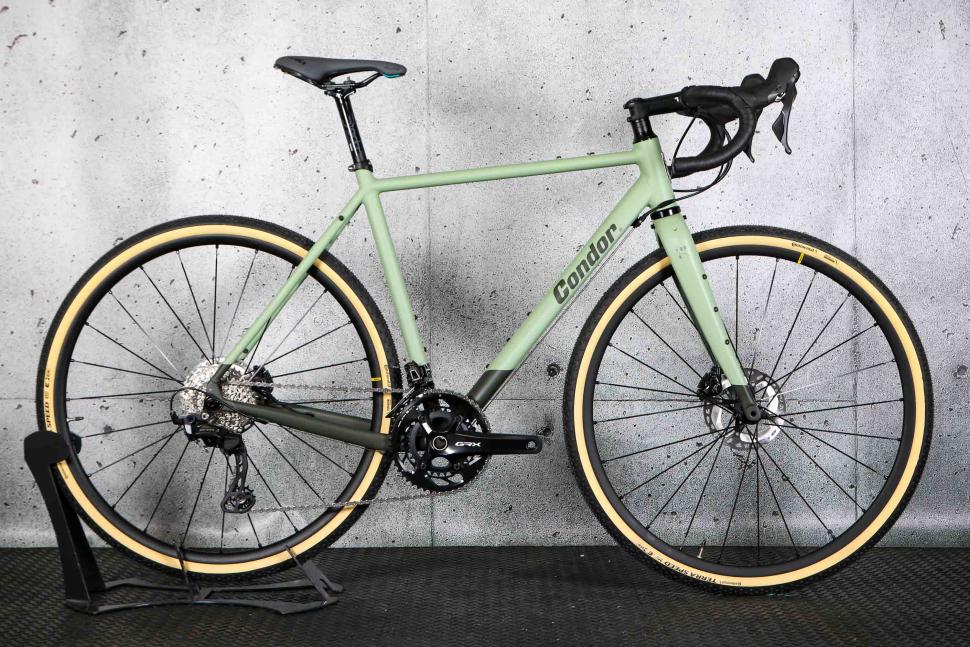 Condor Odyssey Gravel bike on a stand in studio
Condor Odyssey Gravel bike on a stand in studio£1,499.99
VERDICT:
Pushed hard on price from high-end competitors, but its excellent ride quality and performance help offset that
Excellent ride quality
Decent weight for a full build
Loads of mounting points
Welding doesn't have the smoothest finish
Mudguard mounts aren't in the traditional positions
Weight:
9,660g
Contact:
At road.cc every product is thoroughly tested for as long as it takes to get a proper insight into how well it works. Our reviewers are experienced cyclists that we trust to be objective. While we strive to ensure that opinions expressed are backed up by facts, reviews are by their nature an informed opinion, not a definitive verdict. We don't intentionally try to break anything (except locks) but we do try to look for weak points in any design. The overall score is not just an average of the other scores: it reflects both a product's function and value – with value determined by how a product compares with items of similar spec, quality, and price.
What the road.cc scores meanGood scores are more common than bad, because fortunately good products are more common than bad.
- Exceptional
- Excellent
- Very Good
- Good
- Quite good
- Average
- Not so good
- Poor
- Bad
- Appalling
The Condor Odyssey Gravel is a smart-looking aluminium machine with mounts aplenty and decent tyre clearance. It keeps things simple, too, with external cable/hose routing and a threaded bottom bracket, which makes it reliable and easy to fix and the ideal companion for those adventures away from some civilisation, as well as the daily commute. The only sticking point for me is that it's very slightly more expensive than what I'd consider the benchmark of top-end aluminium gravel framesets.
For more adventure-ready options, check out our guide to the best gravel bikes.
> Buy now: Condor Odyssey Gravel frameset for £1,499.99 from Condor
Condor Odyssey Gravel: Ride
Though a gravel frameset, the Odyssey is based on Condor's road bike models, with subtle tweaks to give stability on surfaces that tend to move around beneath you. That means it's on the performance side of things – a bit more eager, flickable and nippy than a bike designed with the adventure side of gravel riding in mind.
It's a lot of fun to ride. It's responsive and nimble thanks to a wheelbase that is just over a metre in length (55cm frame) and the fact that the frame is very stiff around the bottom bracket and lower half of the frame, though it doesn't look massively oversized.
The head angle is steeper than many gravel bikes by a degree or so, which means the steering is quick, ideal for riding off-road, especially on looser surfaces. This makes it a great gravel racer, a real 'rider's' bike whose focus is on performance over easy-to-live-with handling, and even comfort.
The alloy frame and full carbon fork do offer a great ride quality, though, so comfort hasn't been sacrificed. The Odyssey is firm but not harsh – a balance that shows Condor's designers have developed a high-quality tubeset.
With loads of feedback through both the frame and fork, this is a bike that communicates with the rider very well indeed. I loved the way that on quick technical sections I could feel exactly what both the front and rear tyre were up to independently, so I could tweak my body position or dab the brakes or change gear to keep the Odyssey balanced when the surface had other ideas.
Everything can be felt through the saddle and handlebar, so there is no need to look anywhere else other than straight ahead.
All of this actually means the Odyssey is an easy bike to ride. Often, quick handling and a short wheelbase can make a gravel bike twitchy, even a bit of a handful, but thanks to how connected you feel to the Condor, riding it is more down to instinct than having to focus too much.
This also means that if you are planning a trip, or even a long ride on it, the Odyssey isn't a chore to ride at a slower pace. It's easy to live with, and its go-anywhere nature makes it an absolute joy to ride.
Its stiffness, and the fact that this GRX 820 build came in at 9.66kg, means the Odyssey is a capable climber whether in or out of the saddle. Acceleration is also brisk, especially from a rolling start, so if you fancy a bit of cyclocross action it'd be well within its remit. You just won't be as quick out of the corners as those on lightweight carbon fibre machines.
All of this adds up to a capable endurance-style road bike too. I ran the Odyssey with some 36mm WTB slick tyres to create a fun commuter, especially for this time of the year where weight isn't the main priority. It was easy to live with on wet and greasy roads, with the added bonus of being able to nip down a hardpacked byway or canal path for a bit of variety.
Condor Odyssey Gravel: Frame & Fork
The Odyssey is handmade in Italy (like many of Condor's frames) from 7005 series aluminium alloy tubing, much of which isn't a traditional round profile, but instead manipulated to create strength in some areas and comfort in others.
For increased front end stiffness Condor has gone for a 44mm diameter head tube.
The welding isn't as smooth as some I have seen, but you can see that it hasn't been sanded and smoothed, removing material purely for aesthetics.
I kind of like it. The slight industrial look gives confidence on a rough and tumble gravel machine. The fact that it is covered by a matt paint job also helps, and I'm a big fan of this two-tone green finish. It's durable too, as well as looking smart.
The frame has quite a traditional look to it, with fully external cable routing throughout, and both the chainstay and seatstay bridges have been retained for the fitment of full mudguards.
The bottom bracket shell accepts a traditional BSA threaded setup, so replacing a worn unit takes just a few minutes, even for the home mechanic, and the tools required aren't expensive either.
External cable routing might have you thinking that the Odyssey won't work aesthetically with electronic wireless groupsets, but Condor has thought of that. Rather than welding cable guides to the head tube or down tube, it has used a removable alloy guide which bolts to the underside of the down tube. Once removed, the Odyssey is left with a smooth, clean look – no redundant guides or entry/exit ports.
The rear brake hose is directed internally from the down tube to the chainstay, while the front enters the fork at the top of the leg. Dynamo routing is also available on the fork.
You'll find mounting points all over the Condor's frame and fork. The frame has twin bottle cage mounts, with the down tube having three bolts instead of the usual two…
…and there's a pair on the top tube for a bento box/top tube bag.
A rear rack is also catered for, and as I have already mentioned, full mudguard mounts are included. The dropouts don't house the mounting points for the guard stays, though. Instead, they sit on the inside of the seatstays, so your guards will require a little bit of fettling to get them to fit.
It's the same on the fork, with the guard mounts being positioned on the inside of the legs just above the brake calliper. Again, you'll need to fettle the stays, but it's not a major issue; I've done it on some of my bikes without too much hassle.
The fork legs also have three mounting holes on each leg for carrying cages or kit.
Tyre clearance isn't massive, but it's roomy enough at 43mm. I find that 40mm gravel tyres are generally the sweet spot for my riding style, balancing weight and grip well. That's the size we are running here and I found they worked very well, with only the wettest muddy sections requiring something wider and more heavily treaded.
Condor Odyssey Gravel: Geometry
I've touched on this already, but I'll give you the official figures here.
The Odyssey is available in six sizes, nominally 46 to 61, which correlates to the seat tube length from centre to top in centimetres.
Our test bike is a 55, and it has a 55.5cm top tube and 135mm head tube height. The wheelbase is around 1,010mm.
Head and seat angles are 72.5 and 73 degrees respectively, with a stack of 564mm and a reach of 381mm.
The bottom bracket drop is 70mm, while the fork offset is 50mm.
Condor Odyssey Gravel: Pricing & build options
The Odyssey frameset costs £1,499.99, which includes the frame, fork, headset, seat clamp, headset spacers, 12mm thru-axles and the cable guides.
Condor also suggests popular builds too, but your exact spec is fully customisable.
Those builds kick off with a Shimano GRX 400 2x10-speed groupset, Condor finishing kit and wheelset, plus Hutchinson Overide Gravel tyres, for £2,645.
With a 1x GRX 800 group, Deda Zero1 cockpit, carbon seatpost and Mavic Allroad wheelset, that price increases to £2,999.99. It includes Continental's Terra Speed gravel tyres too.
A jump to GRX 820 12-speed Di2 sees a jump in price to £3,430, with the wheels upgraded to Mavic's Allroad S and Deda's Gravel100 components for the cockpit.
Flat bar builds are also available.
Our build includes a mechanical 12-speed GRX groupset (a review is coming very soon on these latest groupsets from Shimano), the Allroad S wheels and Terra Speed tyres.
We also have a mix of Deda finishing kit, plus a Selle Italia Flite saddle.
It's a great combination that works well with the Odyssey. The Mavics are a bit on the weighty side, so you could save some grams here, but they are massively durable, something I have discovered from using these on many bikes over the years.
Basically, if I'd specced this build I wouldn't be changing anything at all.
Condor Odyssey Gravel: Value
You can get cheaper aluminium alloy gravel bikes, as you no doubt already know.
Bikes like the Dolan GXA, which also has a more road-biased gravel geometry like the Condor. A Shimano GRX RX600 build starts at £1,699.99, while a GRX Di2 11-speed model is £3,199.99.
Or Ribble's Gravel AL, which is £899 for the frameset and £1,599 with 10-speed GRX 400. I reviewed the steel 725 model in 2022.
While good bikes in their own right, they're not quite on the same level in terms of exclusivity as the Odyssey, it being handuilt in Europe in small batches.
This puts it more in the same sort of bracket as something like Mason's Bokeh. The Odyssey isn't finished to the same level of detail as the Mason, though, especially in terms of the welding quality; when you consider that a Bokeh frame is available for 50 quid less (£1,450) than the Condor, that's something I find surprising.
While its ride quality is close, the Odyssey doesn't quite have the finesse of the Bokeh, whose suppleness and comfort I found to be sublime when I reviewed it for off.road.cc a few months back.
And for me this is a bit of a sticking point with the Condor. It's very good, but the Mason is a stunning gravel machine from every aspect, and it's slightly cheaper. If I was in the market for a top-end aluminium gravel bike I'd definitely be going for the Bokeh.
Condor Odyssey Gravel: Conclusion
If we leave the price out of the equation for a minute, the Condor is a stunner. In fact, I'd struggle to find anything to quibble over in terms of ride quality, handling, performance or comfort.
It's a good-looking bike too, and one that ticks all of the boxes in terms of versatility as either a gravel racer or long-distance machine.
The price for the frameset is in the right sort of area for this Italian-built machine, but it's ever so slightly higher than what I consider the market leader in this aluminium gravel bike category.
Verdict
Pushed hard on price from high-end competitors, but its excellent ride quality and performance help offset that
road.cc test report
Make and model: Condor Odyssey Gravel Frameset
Size tested: 55cm
Frameset
Tell us what the frameset is for, and who it's aimed at. What do the manufacturers say about it? How does that compare to your own feelings about the bike?
Condor says, "Light, smooth and versatile. The Odyssey Gravel delivers big performance without the price tag of carbon. The lightweight, handmade frame is easy to carry on uphill portages, capable on rough descents, and - above all - won't hold you back on adventures. Constructed from premium 7005 aluminium, Odyssey Gravel's secret is the smooth ride quality that only premium materials and artisan construction can deliver."
It's a capable, fun and versatile gravel bike.
State the frame and fork material and method of construction
Frame: Condor 7000 series performance aluminium, 1500g (claimed)
Fork: Condor Gravel full carbon monocoque, 450g (claimed)
Overall rating for frameset
8/10
Tell us about the build quality and finish of the frame and fork?
The build quality of the frame is excellent although the 'raw' finish of the welding isn't as good looking or smooth as some at this price point.
Tell us about the geometry of the frame and fork?
The Odyssey's geometry is on the racier side of things, influenced by road bikes but adapted to increase stability for use off-road.
How was the bike in terms of height and reach? How did it compare to other bikes of the same stated size?
The height and reach figures are fairly typical of a gravel bike of this size and style.
Riding the bike
Was the bike comfortable to ride? Tell us how you felt about the ride quality.
The Odyssey is very comfortable. The tubeset brings a great ride quality, with a noticeable suppleness and lack of harshness.
Did the bike feel stiff in the right places? Did any part of the bike feel too stiff or too flexible?
Excellent stiffness throughout the frame and fork make the Odyssey a capable climber or gravel sprinter should you need it to be.
How did the bike transfer power? Did it feel efficient?
Thanks to the stiffness and decent weight for an aluminium bike, the Condor feels efficient on all kinds of terrain.
Was there any toe-clip overlap with the front wheel? If so was it a problem?
No.
How would you describe the steering? Was it lively neutral or unresponsive? On the lively side.
Tell us some more about the handling. How did the bike feel overall? Did it do particular things well or badly?
The Odyssey is a quick-handling machine which gives it a performance feel, but Condor has managed to keep this on the controllable side of twitchy.
Rate the bike for efficiency of power transfer:
8/10
Rate the bike for acceleration:
8/10
Rate the bike for sprinting:
8/10
Rate the bike for high speed stability:
9/10
Rate the bike for cruising speed stability:
9/10
Rate the bike for low speed stability:
8/10
Rate the bike for flat cornering:
8/10
Rate the bike for cornering on descents:
9/10
Rate the bike for climbing:
8/10
How did the build components work with the frame? Was there anything you would have changed?
It's an excellent selection of components, of a high quality and flattering the Odyssey overall.
Your summary
How does the price compare to that of similar products in the market, including ones recently tested on road.cc?
Considering its handmade manufacturing process in Europe, the Odyssey's price is somewhat justified, but it is slightly more expensive than the Mason Bokeh 3, which it doesn't quite match for ride quality, though it comes very close.
Did you enjoy riding the bike? Yes
Would you consider buying the bike? Yes
Would you recommend the bike to a friend? Yes
Rate the bike overall for performance:
9/10
Rate the bike overall for value:
4/10
Use this box to explain your overall score
It's a truly stunning bike to ride, with a great balance of performance, comfort and ride quality. The only sticking point is the overall price for the frameset: the Mason Bokeh 3 for me is the benchmark, so the fact that that the Condor is more expensive brings a potential score of 9 down to an 8.
About the tester
Age: 44
I usually ride: This month's test bike My best bike is: B'Twin Ultra CF draped in the latest bling test components
I've been riding for: Over 20 years I ride: Every day I would class myself as: Expert
I regularly do the following types of riding: time trialling, commuting, club rides, sportives, fixed/singlespeed,
Since writing his first bike review for road.cc back in early 2009 senior product reviewer Stu has tested more than a thousand pieces of kit, and hundreds of bikes.
With an HND in mechanical engineering and previous roles as a CNC programmer/machinist, draughtsman and development engineer (working in new product design) Stu understands what it takes to bring a product to market. A mix of that knowledge combined with his love of road and gravel cycling puts him in the ideal position to put the latest kit through its paces.
He first made the switch to road cycling in 1999, primarily for fitness, but it didn’t take long for his competitive side to take over which led to around ten years as a time triallist and some pretty decent results. These days though riding is more about escapism, keeping the weight off and just enjoying the fact that he gets to ride the latest technology as part of his day job.
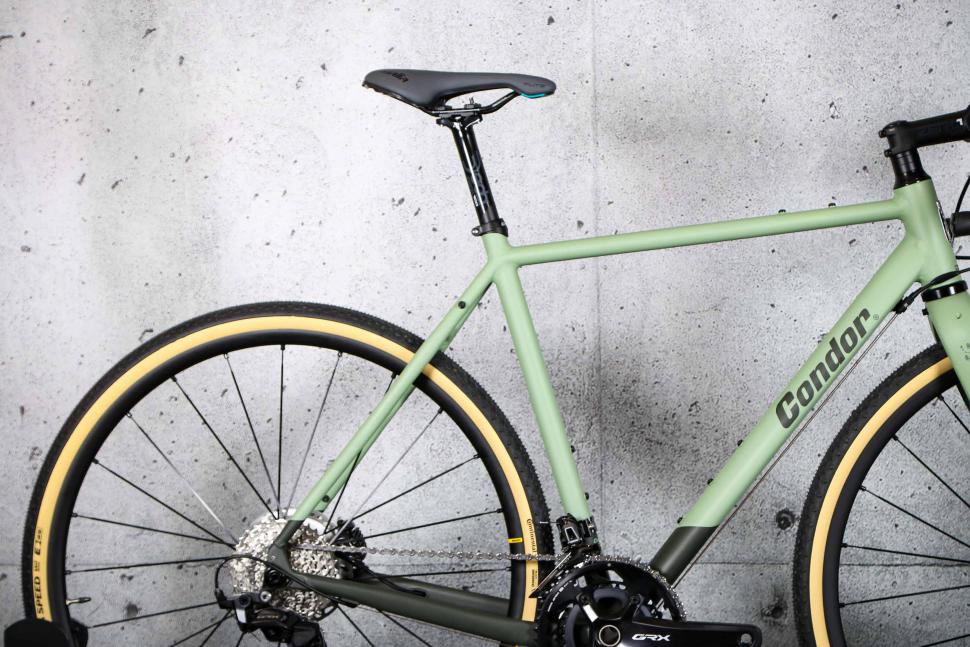




































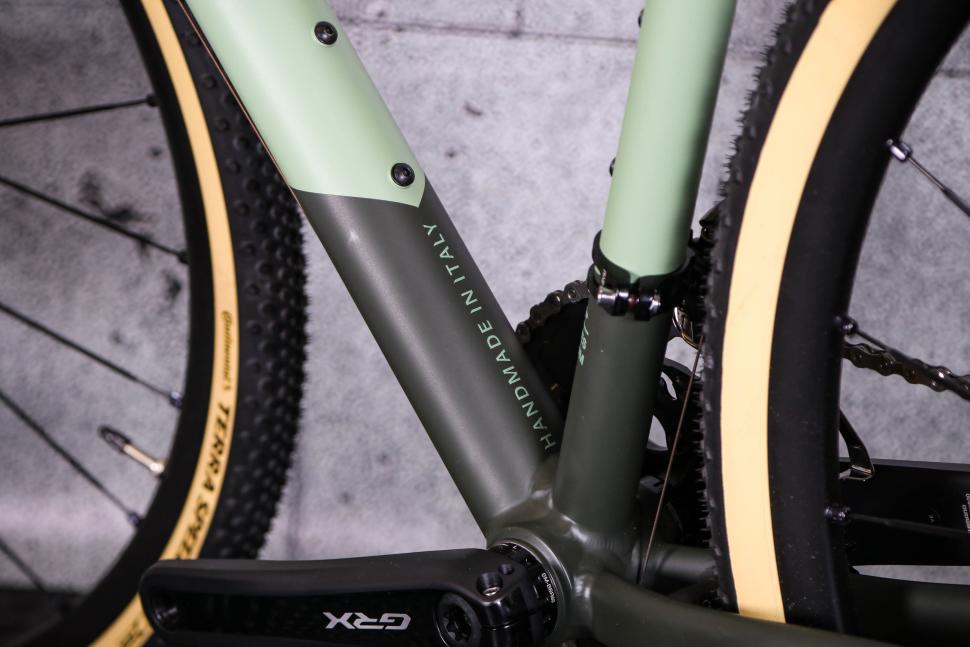

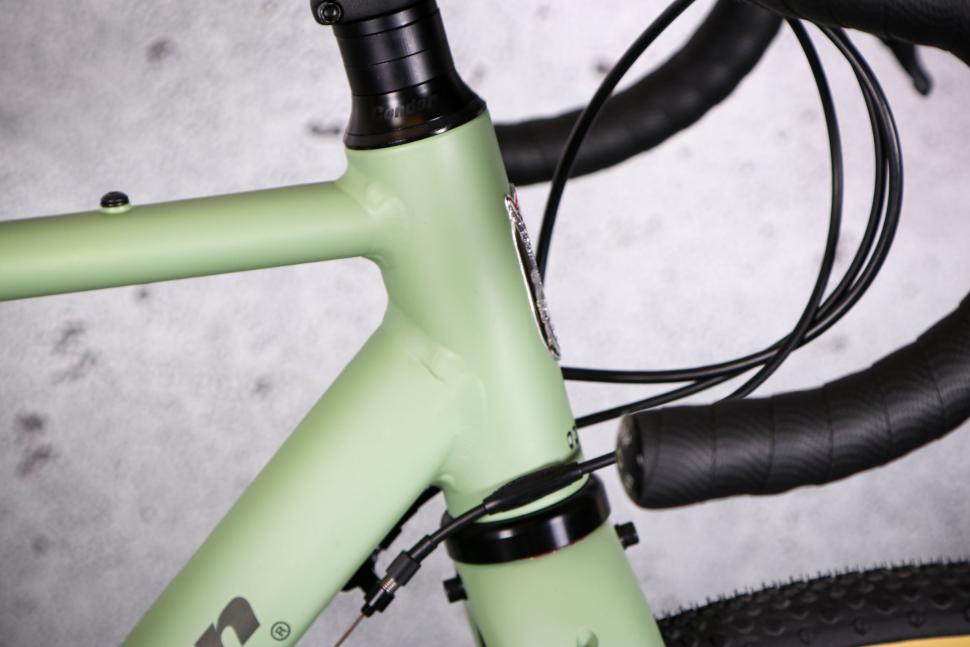


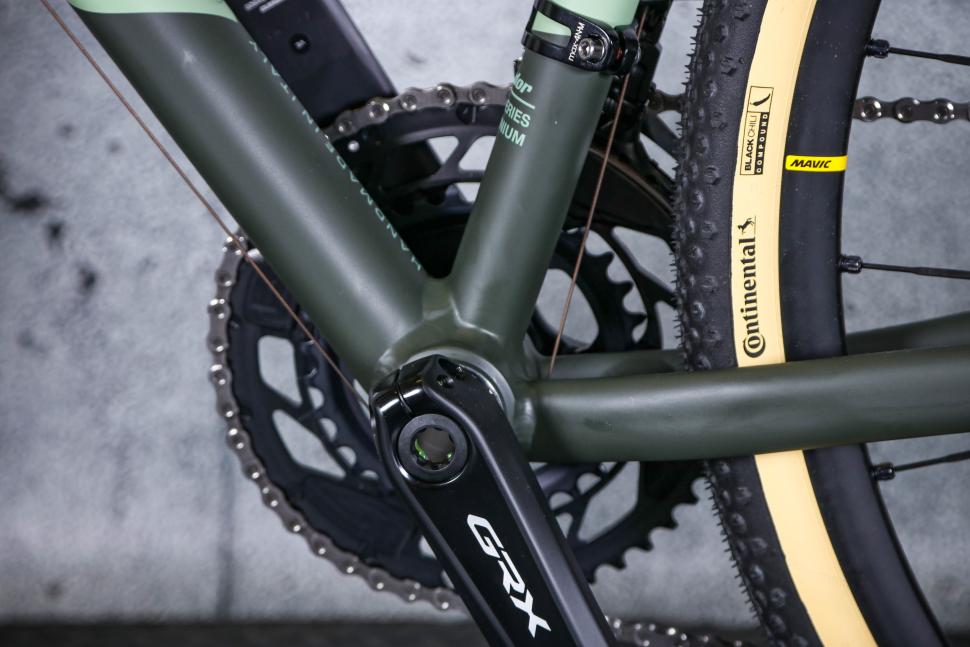

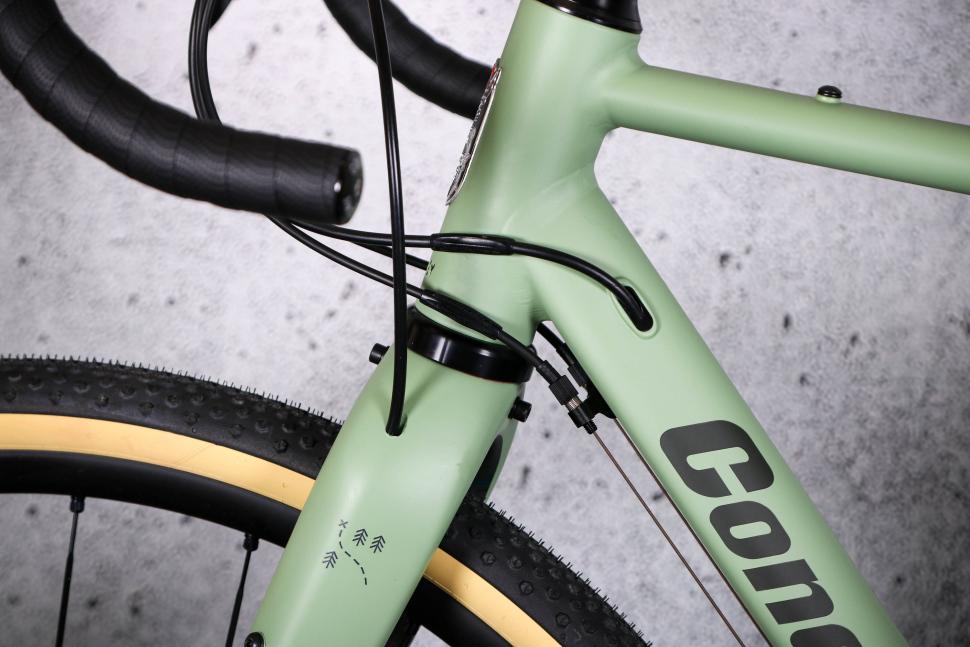
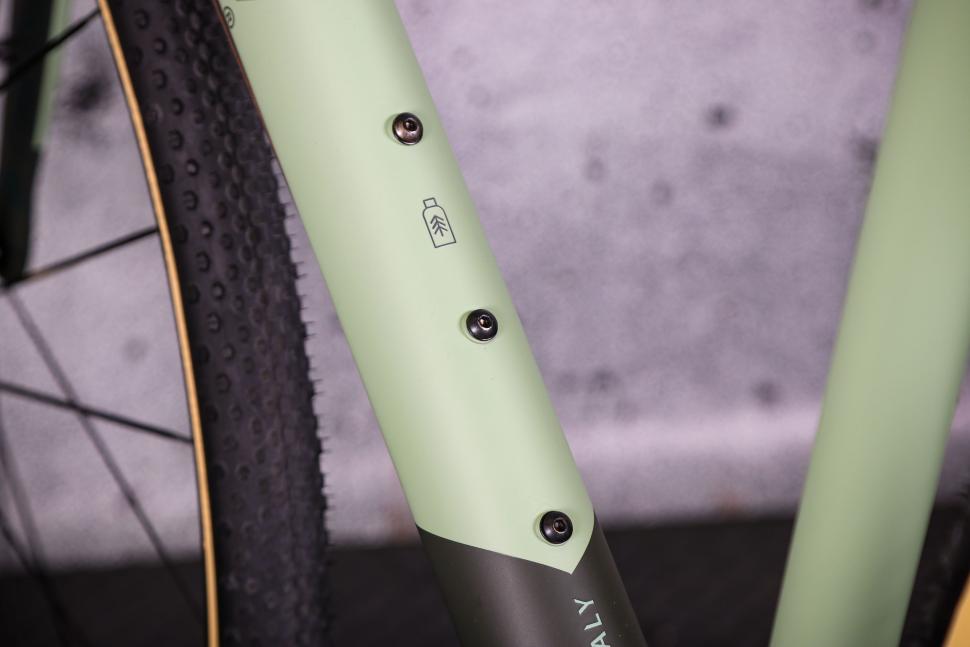
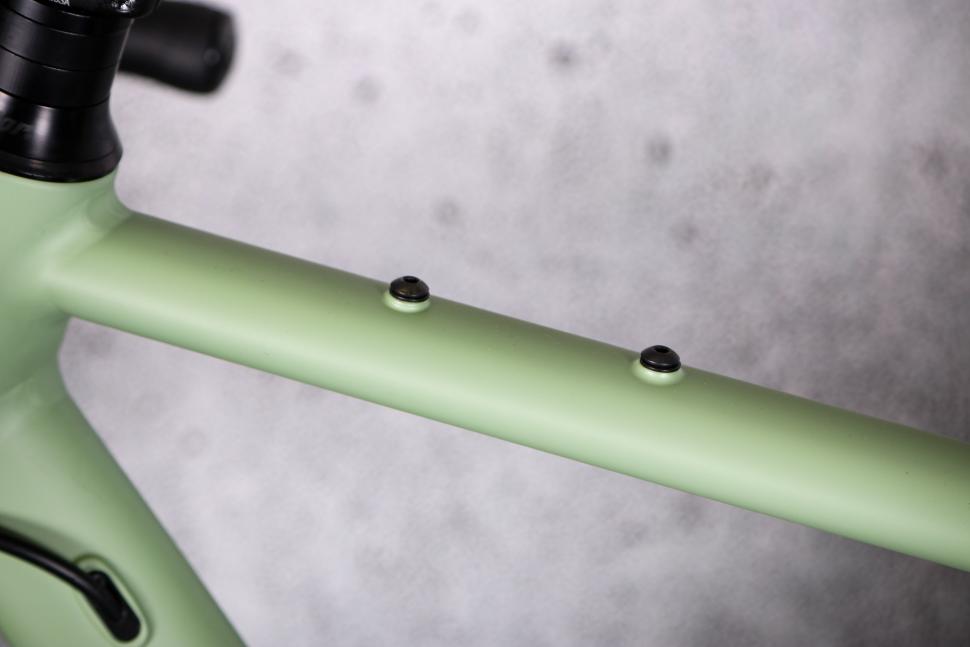
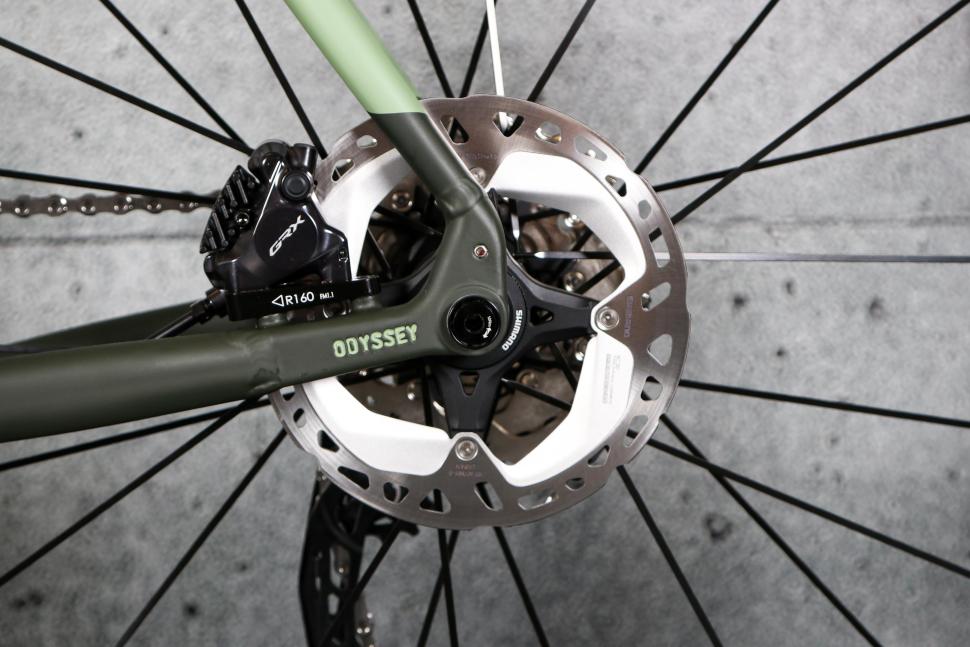



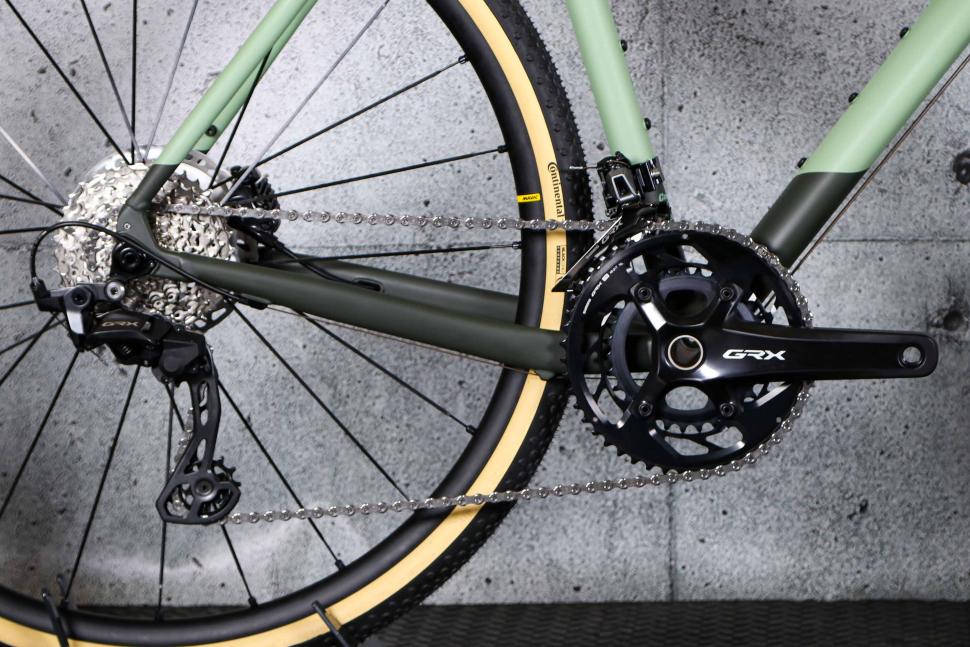
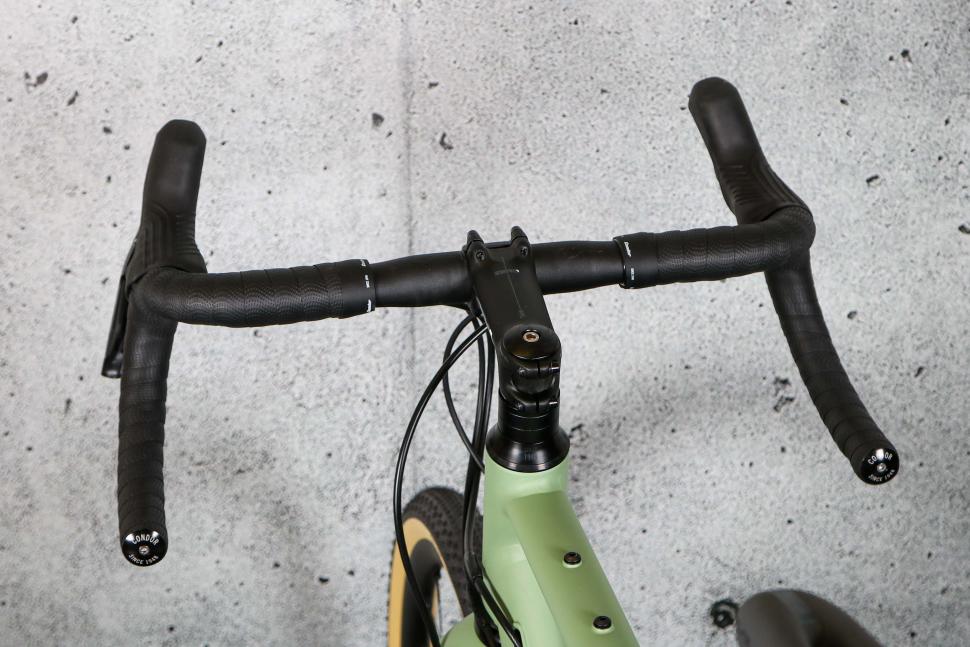
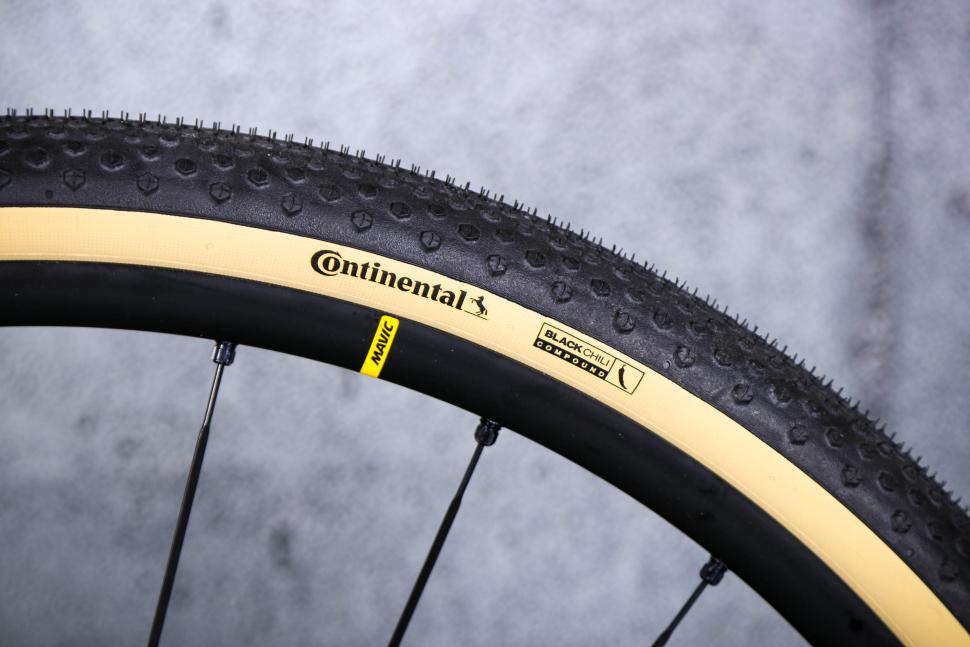


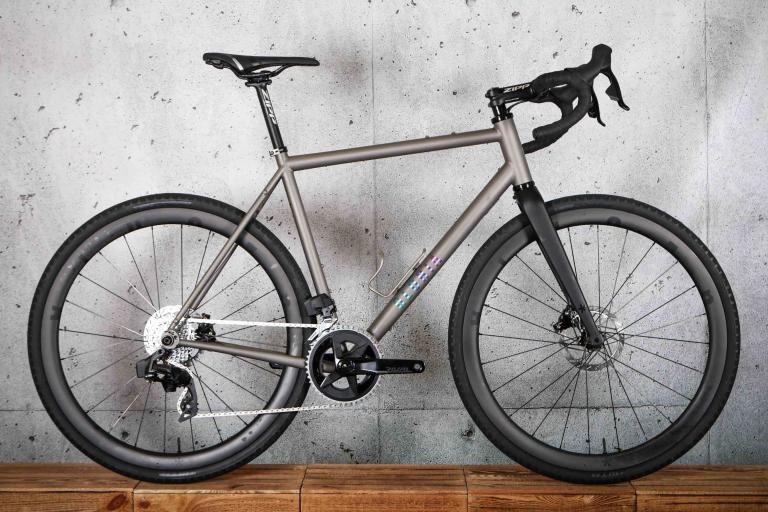
Was the same with Eurosport but was cheaper - paying to be able to watch a tv channel to then be made to watch ads, make it make sense - 🙃
+1 on saddle height and also check your lateral alignment - everything should be straight and aligned. My bike fit years ago moved my feet to the...
Everything Lezyne sells are really good, especially their pumps, and the Torque Drive. ...
It's not only the UK which suffers from vile louts-VdP is a great athlete who deserves respect!
https://www.youtube.com/watch?v=wOzP87HVCWw
Apart from the fact that you're completely wrong - Decathlon is a French company and has 1045 stores in Europe compared to 50 in the UK - whilst...
Finally tried out the Smart Lever that I did get for Xmas as I had a suspicious looking bubble/bump on my rear GoodYear tyre (don't think I'll buy...
Suitable reply, No Reply.
Further motoring exemptions have been highlighted by a certain celebrity lawyer: needing the loo, being a well-known footballer...
Hi,...